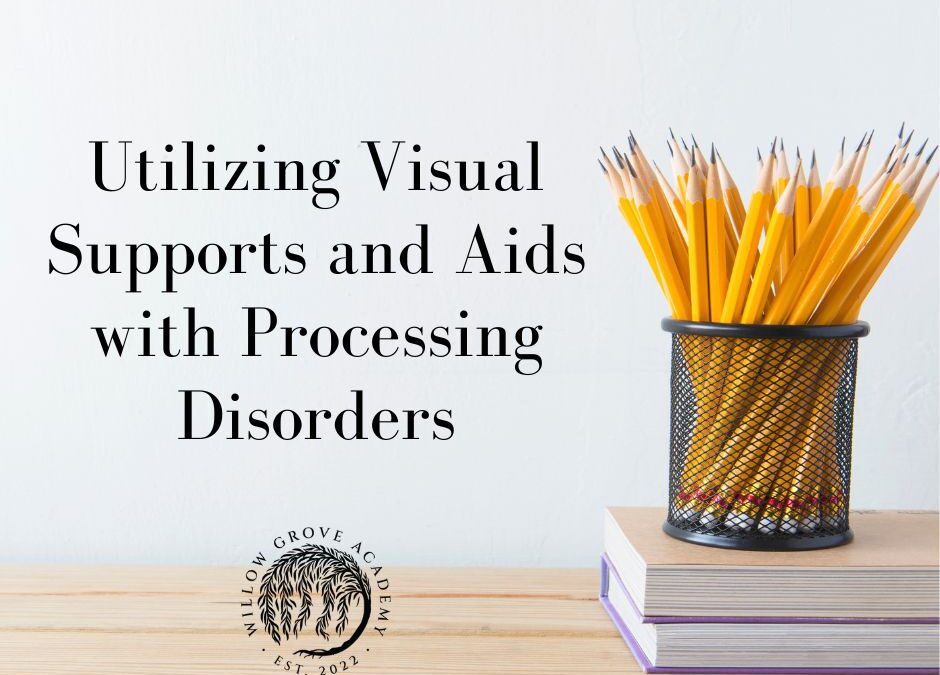Issues with visual processing can make it difficult for a child to process information received through visual input.
If you have noticed that drawing or copying is difficult, frequent letter reversals after the age 7 or 8, inability to note differences in letters or shapes, trouble with puzzles or crosswords, or trouble with reading, these can be warning signs.
It is always optimal to seek a professional diagnosis to put you on the right path to understanding your child’s learning struggles!
If you have noticed issues with visual processing, there are a number of ways that you can help. Also note that visual processing can be an issue for students with language-based disabilities as well.
Regardless of a diagnosis, if your child struggles with visual processing you can help her at home. When working with a child that is not neurotypical, you need to approach teaching differently.
This does not translate into more work, it just means different work. A few tweaks on your part will make a world of difference to your child.
Here are some helps with written work:
- Post information visually but also read it to your child.
- Summarize each lesson upon completion to ensure understanding.
- Avoid cluttered worksheets, opt for simple black and white with lots of white space.
- Use audiobooks when available.
- Use wide-ruled paper and graph paper for math problems.
Many of the textbooks and workbooks we use in homeschooling have written instructions. This is difficult for a child with visual processing difficulties. Be sure to read the instructions out loud and then ask questions to ensure that your child understands. If you are writing instructions, space the words clearly.
For math, use graph paper with larger squares to help keep the numbers lines up. Using colored pencils or markers can help too. Highlighters can help to point out important words or phrases that your student might miss when reading the instructions on her own.
Also, once an assignment has been given, have your child narrate the instructions back to you once she is ready to get started on a task to ensure she understands what is expected.
If your child takes classes in a co-op or online setting, be sure to discuss some accommodations she may need before signing up for the class.
Most teachers are more than willing to accommodate a student, but sometimes due to the size or structure of the class, it might not be possible.
Some things to mention to the teacher are: allowing extra time for tests, reading the test questions orally to the student, allowing oral rather than written responses, and providing a quiet space to take the test.
Many homeschooling parents are overwhelmed with the prospect of working with a child that has learning struggles.
Sure, it can be more work initially, but once you figure out what your own child needs academically, it is really just a matter of providing the information to them in a way that suits them individually.
It isn’t more work, it just requires that you look at information delivery through the eyes of their needs! Once you get the hang of it, it becomes easier and easier.

